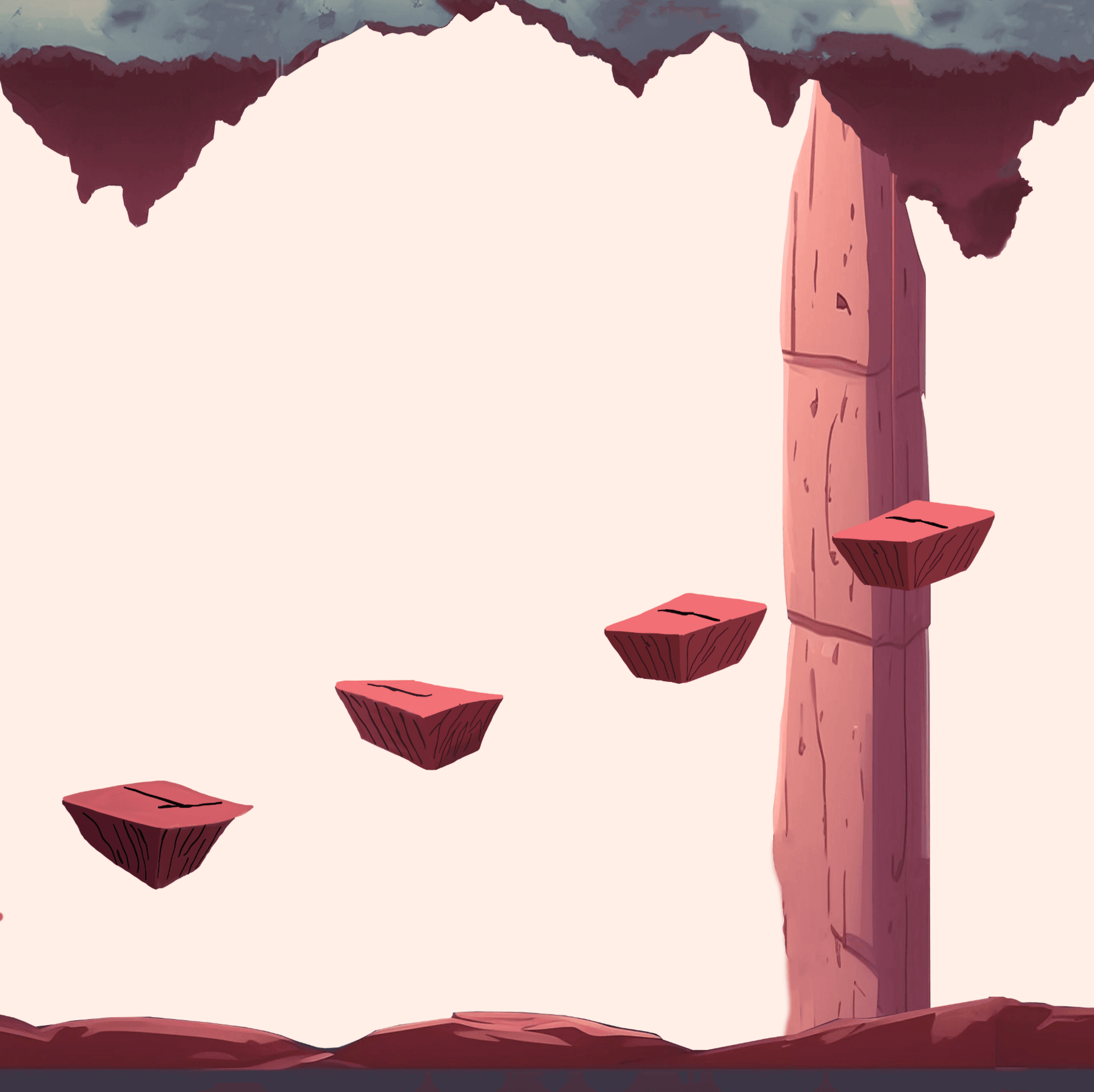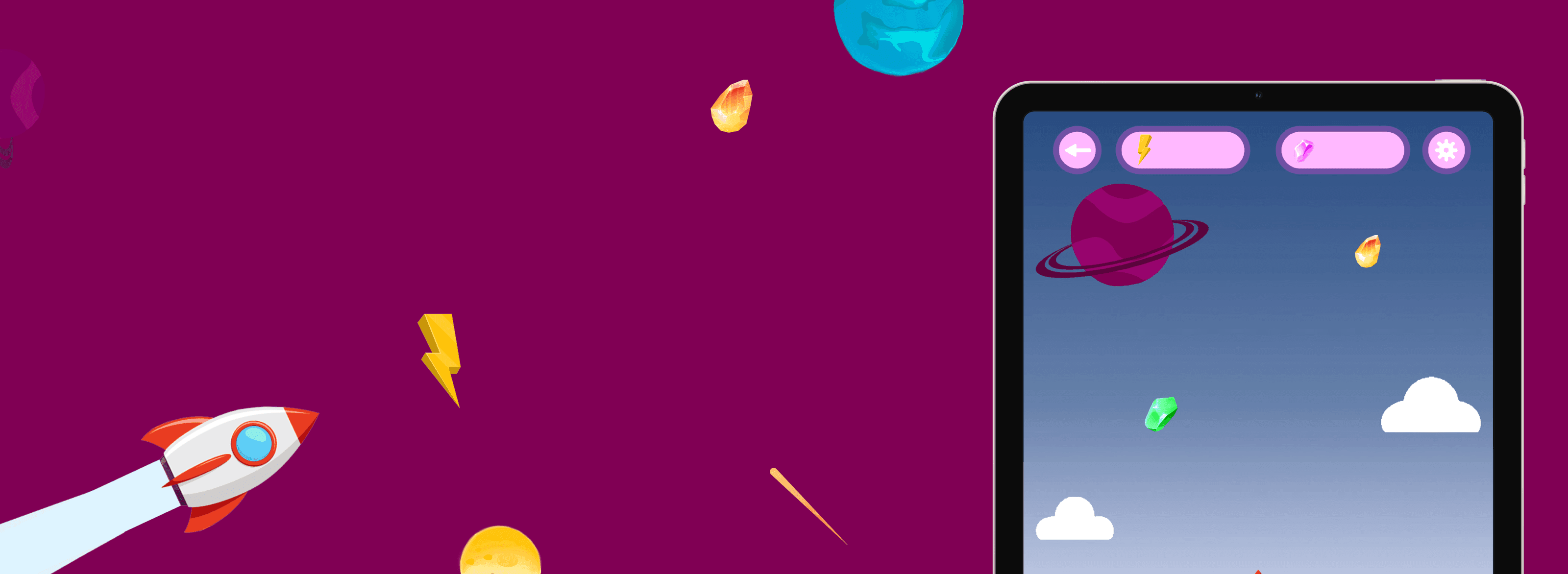
Rickey's Adventures
Overview
Rickey’s Adventure is a therapeutic game prototype designed to reimagine hand therapy for children with motor challenges like cerebral palsy and hemiplegia. Traditional rehabilitation exercises often lack engagement, leading to decreased motivation and slower recovery. Rickey’s Adventure turns these essential movements into playful interactions, using custom physical controllers and gamified environments to transform therapy into an immersive, joyful experience.
By embedding therapeutic goals into engaging gameplay, the project aims to improve consistency and enthusiasm in pediatric rehabilitation. The prototype was developed as part of a university game design initiative, in collaboration with physical therapy experts and child-centered design research.
Categories
Multi-media design
Interaction design
Date
April 2024
Collaboration
Sanjay Kumar (Product designer)
Trailer


My Role & Impact
As the Multimedia and Interaction Designer, I led the visual and interaction design for Rickey’s Adventure. I designed the game environments and character system to align with therapeutic goals while remaining engaging and accessible for children with motor challenges. We translated therapy requirements into playful UI flows and interaction patterns that worked seamlessly with custom-built hardware controllers.
About the project
Interactive and Varied Environments
As a team, we designed diverse and engaging game environments to make therapy immersive, motivating, and fun. In one level, players use a press controller to help Rickey jump over rocks in a cave, reinforcing hand strength and coordination. In another, they steer a rocket through space using lateral movements to collect gems, supporting side-to-side hand motion. These scenarios were crafted to keep gameplay fresh and interactive, avoiding the repetition often found in traditional therapy.
As the multimedia designer, I created the visual language and interactions, ensuring they were not only accessible and child-friendly but also aligned with therapeutic goals. Our designs aimed to spark curiosity and emotional engagement—key elements in sustaining motivation throughout the therapy journey.

Engaging and Rewarding Gameplay
In this game, I introduced a monkey named Ricky who travels through various game settings. Ricky's adventure involves collecting bananas and gems. He uses the bananas to stay energized and the gems to buy upgrades or unlock new areas. This system offers clear goals and rewards, keeping the game exciting by constantly introducing new environments. Each level is designed to be unique and appealing, making sure the gameplay stays interesting and doesn’t become repetitive over time. This approach helps maintain children’s interest, encouraging them to explore further and discover what each new level has to offer, thereby enhancing their overall enjoyment and engagement with the therapy.

Rickey's Adventures
Overview
Rickey’s Adventure is a therapeutic game prototype designed to reimagine hand therapy for children with motor challenges like cerebral palsy and hemiplegia. Traditional rehabilitation exercises often lack engagement, leading to decreased motivation and slower recovery. Rickey’s Adventure turns these essential movements into playful interactions, using custom physical controllers and gamified environments to transform therapy into an immersive, joyful experience.
By embedding therapeutic goals into engaging gameplay, the project aims to improve consistency and enthusiasm in pediatric rehabilitation. The prototype was developed as part of a university game design initiative, in collaboration with physical therapy experts and child-centered design research.
Categories
Multi-media design
Interaction design
Date
April 2024
Collaboration
Sanjay Kumar (Product designer)
Trailer


My Role & Impact
As the Multimedia and Interaction Designer, I led the visual and interaction design for Rickey’s Adventure. I designed the game environments and character system to align with therapeutic goals while remaining engaging and accessible for children with motor challenges. We translated therapy requirements into playful UI flows and interaction patterns that worked seamlessly with custom-built hardware controllers.
About the project
Interactive and Varied Environments
As a team, we designed diverse and engaging game environments to make therapy immersive, motivating, and fun. In one level, players use a press controller to help Rickey jump over rocks in a cave, reinforcing hand strength and coordination. In another, they steer a rocket through space using lateral movements to collect gems, supporting side-to-side hand motion. These scenarios were crafted to keep gameplay fresh and interactive, avoiding the repetition often found in traditional therapy.
As the multimedia designer, I created the visual language and interactions, ensuring they were not only accessible and child-friendly but also aligned with therapeutic goals. Our designs aimed to spark curiosity and emotional engagement—key elements in sustaining motivation throughout the therapy journey.

Engaging and Rewarding Gameplay
In this game, I introduced a monkey named Ricky who travels through various game settings. Ricky's adventure involves collecting bananas and gems. He uses the bananas to stay energized and the gems to buy upgrades or unlock new areas. This system offers clear goals and rewards, keeping the game exciting by constantly introducing new environments. Each level is designed to be unique and appealing, making sure the gameplay stays interesting and doesn’t become repetitive over time. This approach helps maintain children’s interest, encouraging them to explore further and discover what each new level has to offer, thereby enhancing their overall enjoyment and engagement with the therapy.

Rickey's Adventures
Overview
Rickey’s Adventure is a therapeutic game prototype designed to reimagine hand therapy for children with motor challenges like cerebral palsy and hemiplegia. Traditional rehabilitation exercises often lack engagement, leading to decreased motivation and slower recovery. Rickey’s Adventure turns these essential movements into playful interactions, using custom physical controllers and gamified environments to transform therapy into an immersive, joyful experience.
By embedding therapeutic goals into engaging gameplay, the project aims to improve consistency and enthusiasm in pediatric rehabilitation. The prototype was developed as part of a university game design initiative, in collaboration with physical therapy experts and child-centered design research.
Categories
Multi-media design
Interaction design
Date
April 2024
Collaboration
Sanjay Kumar (Product designer)
Trailer


My Role & Impact
As the Multimedia and Interaction Designer, I led the visual and interaction design for Rickey’s Adventure. I designed the game environments and character system to align with therapeutic goals while remaining engaging and accessible for children with motor challenges. We translated therapy requirements into playful UI flows and interaction patterns that worked seamlessly with custom-built hardware controllers.
About the project
Interactive and Varied Environments
As a team, we designed diverse and engaging game environments to make therapy immersive, motivating, and fun. In one level, players use a press controller to help Rickey jump over rocks in a cave, reinforcing hand strength and coordination. In another, they steer a rocket through space using lateral movements to collect gems, supporting side-to-side hand motion. These scenarios were crafted to keep gameplay fresh and interactive, avoiding the repetition often found in traditional therapy.
As the multimedia designer, I created the visual language and interactions, ensuring they were not only accessible and child-friendly but also aligned with therapeutic goals. Our designs aimed to spark curiosity and emotional engagement—key elements in sustaining motivation throughout the therapy journey.

Engaging and Rewarding Gameplay
In this game, I introduced a monkey named Ricky who travels through various game settings. Ricky's adventure involves collecting bananas and gems. He uses the bananas to stay energized and the gems to buy upgrades or unlock new areas. This system offers clear goals and rewards, keeping the game exciting by constantly introducing new environments. Each level is designed to be unique and appealing, making sure the gameplay stays interesting and doesn’t become repetitive over time. This approach helps maintain children’s interest, encouraging them to explore further and discover what each new level has to offer, thereby enhancing their overall enjoyment and engagement with the therapy.





